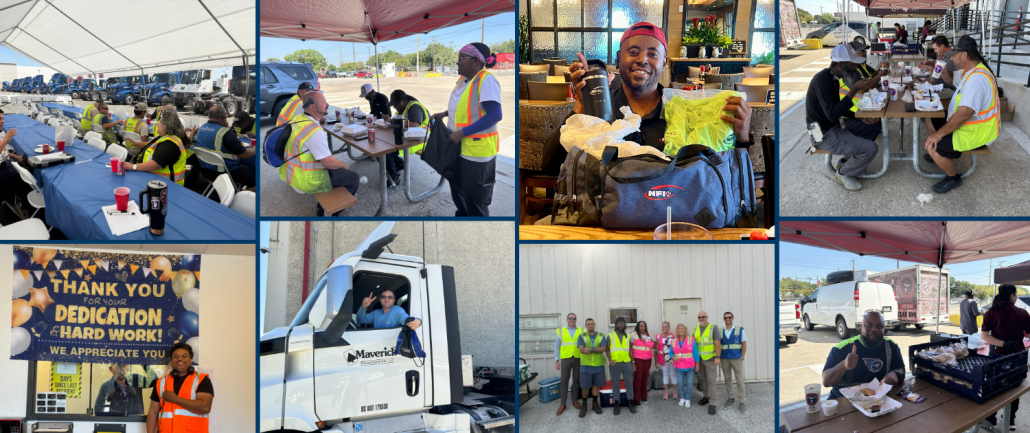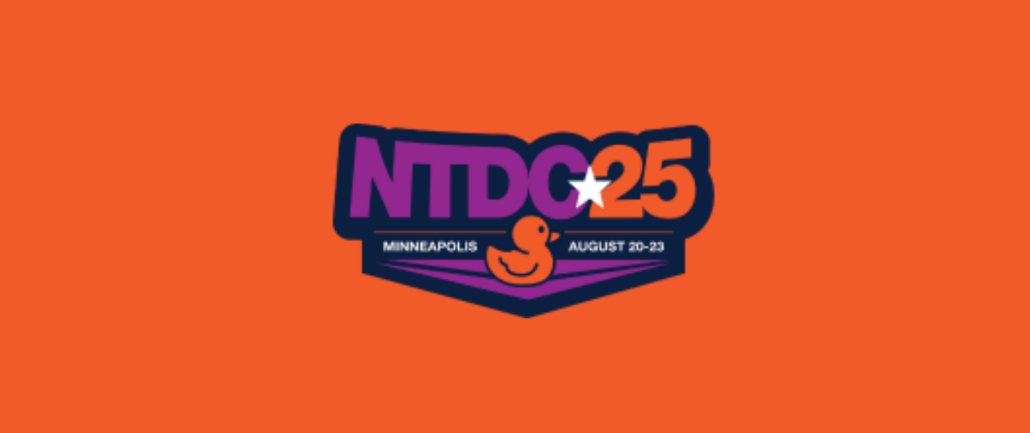 The holidays are a time for reflection, tradition, and gathering with the people who matter most. However, celebrating can look different for drivers who spend the season on the road.
The holidays are a time for reflection, tradition, and gathering with the people who matter most. However, celebrating can look different for drivers who spend the season on the road.
Freight demand often rises, schedules tighten, and the realities of life on the road can make it difficult to take part in celebrations the same way others do. Even so, there are countless ways to create joy, comfort, and connection during this time of year. Many drivers have learned to build their own traditions that fit the rhythm of long hours, remote stops, and a life that blends work with travel.
Keep reading to discover some creative ways to make the holidays feel special, no matter where the road takes you this year.
Bring the Spirit of Home Into the Cab
Small touches can transform a truck into a festive and comforting space. Even the simplest decorations can make a big impact by adding warmth and personality to an area where you spend so much time.
Consider adding battery powered string lights, a small artificial tree, or a window cling that reminds you of home. Consider choosing a theme each year, such as winter landscapes or classic holiday ornaments, and decorate your cab around that idea. Or you could create a travel sized holiday shelf with postcards, photos, or mementos from past seasons. These items bring a sense of familiarity and can help turn long drives into something more uplifting.
Another idea is to bring along a holiday scented air freshener or candle alternative (such as electric tea lights). Scents like pine, cinnamon, and vanilla might remind you of past holiday seasons, and they can make the cab feel more inviting on cold nights.
Create Your Own Holiday Playlist
Music sets the tone for the season. Instead of relying on the same songs that are played on every radio station, try making a custom playlist. Mixing holiday classics with your favorite year-round artists keeps the playlist fresh and personal.
Consider making playlists based on themes like childhood holiday hits, quiet winter mornings, or road trip favorites. Switching between playlists throughout the week can help the season feel dynamic and nostalgic.
Additionally, you could consider exchanging playlists with another driver or a family member. It is a small way to stay connected and share a piece of the holiday mood even when miles apart.
Share Traditions Virtually With Loved Ones
Technology makes it far easier to take part in family celebrations from a distance. Many families schedule virtual gatherings so everyone can be present, even if they are in different time zones or on the road.
You can join a video call during dinner or gift opening or simply check in before bed to hear about the day. Some families stream holiday movies at the same time and text throughout the film. Others read a favorite holiday story together or set aside a night for an online game or trivia session.
These shared moments help keep traditions alive and can reduce the feeling of being left out. It also gives family members a chance to understand your experience and feel connected to your world on the road.
Plan a Holiday Meal That Fits Your Lifestyle
A holiday meal does not need to match the traditional dinner table. Many drivers celebrate with creative, road friendly versions of their favorite dishes. Slow cookers, portable skillets, and small appliances open a world of options.
You could make a simple roast chicken, a hearty stew, or a holiday inspired dessert that travels well. If cooking a full meal feels overwhelming or unrealistic during a busy week, consider keeping a few seasonal treats on hand, such as peppermint bark, spiced cookies, or your favorite store-bought pastry.
Many truck stops also offer limited time holiday dishes that bring familiar comfort to the road. A plate of turkey and stuffing, a slice of pie, or a warm bowl of soup can become a welcome break during the busiest season.
Bring Joy to Others on the Road
The holiday season is also an ideal time to brighten someone else’s day. Drivers often cross paths with people who are also working through the holidays, such as warehouse staff, fuel attendants, restaurant workers, and fellow truckers.
Small gestures can go a long way. You might share extra treats with another driver, offer a warm drink, or sit down together for a holiday meal at a truck stop. Simple moments of connection can make the season feel less isolating.
Participating in programs like Wreaths Across America, helping with toy drives, or delivering donated goods can also add a sense of purpose to holiday hauls.
Wondering about other ways to stay ahead of the curve in the transportation industry in 2025? Be sure to check out more posts on our blog and connect with us on social media!

 The holiday season brings many traditions each year, from family gatherings to festive meals and crowded retail stores. Behind all of this activity is the dedicated workforce of truck drivers who make the busiest time of year possible.
The holiday season brings many traditions each year, from family gatherings to festive meals and crowded retail stores. Behind all of this activity is the dedicated workforce of truck drivers who make the busiest time of year possible.  Starting your career as a truck driver can be exciting and rewarding, but like any new profession, it comes with a learning curve.
Starting your career as a truck driver can be exciting and rewarding, but like any new profession, it comes with a learning curve.  When you spend most of your time behind the wheel, a good app can make the difference between a smooth trip and a stressful one.
When you spend most of your time behind the wheel, a good app can make the difference between a smooth trip and a stressful one.  For professional drivers, a truck cab is far more than just a workspace. It can be a living area, sleeping quarters, and storage room all at once.
For professional drivers, a truck cab is far more than just a workspace. It can be a living area, sleeping quarters, and storage room all at once.  Life on the road is demanding, and truck stops play a big role in making long hauls more comfortable.
Life on the road is demanding, and truck stops play a big role in making long hauls more comfortable.  Every September, National Truck Driver Appreciation Week gives us an opportunity to recognize the backbone of our economy: the truck drivers who log the long hours, navigate tough conditions, and deliver the goods that keep our lives moving.
Every September, National Truck Driver Appreciation Week gives us an opportunity to recognize the backbone of our economy: the truck drivers who log the long hours, navigate tough conditions, and deliver the goods that keep our lives moving. When disaster strikes, most people see first responders, such as firefighters, police officers, and paramedics, rushing into action.
When disaster strikes, most people see first responders, such as firefighters, police officers, and paramedics, rushing into action.  Refrigerated trucking, otherwise known as “
Refrigerated trucking, otherwise known as “ Every year, the American Trucking Associations stages one of the most prestigious events in the industry: the
Every year, the American Trucking Associations stages one of the most prestigious events in the industry: the 
